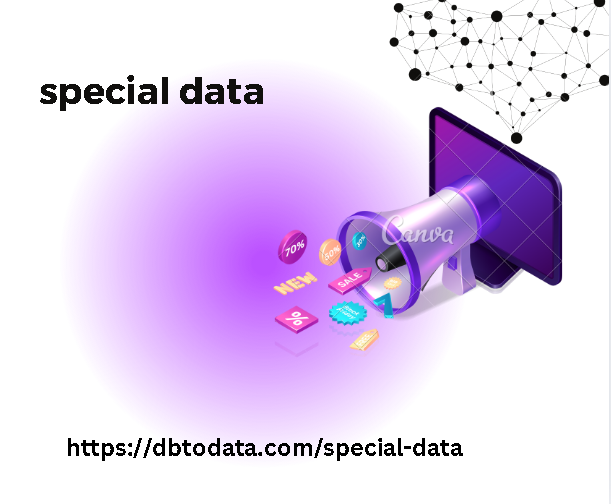3. Use diverse content formats: In addition to traditional long-form white papers and case studies, companies can try creating short videos, podcasts, interactive content, etc. For example, an enterprise software company can launch a podcast series to invite industry experts to discuss the latest trends and best practices. This diversifi content marketing strategy can attract audiences with different preferences.
4. Personaliz and humaniz content
decision makers are also human, and they also appreciate personaliz and emotionally resonant content. You can make your brand more human by showcasing company culture, employee stories, social responsibility initiatives, etc. a deeper brand connection.
5. Simplify the language and structure: Avoid excessive industry terms and complex structures, and use clear and direct language to convey information. You can use a “little knowl ge” or “tips” format similar to content to break down complex information into easy-to-understand segments. This will not only improve the readability of the content, but also improve the effectiveness of the content SEO strategy.
6. Increase interactivity: Encourage
readers to participate by adding comment functions, creating online surveys or questionnaires, organizing webinars, etc. This will not only increase the appeal of the content, but also collect valuable user fe back and provide insights for future content marketing strategies.
Through these methods, content can become more vivid, interesting and easy to digest while maintaining professionalism and depth, thereby increasing audience bc data philippines engagement and content effectiveness. This approach can not only enhance the attractiveness of content, but also stand out in the content marketing field of competitive digital marketing and achieve better marketing results.
As an effective marketing tool, content
marketing requires companies to have a deep understanding of its strategies, tools, and best practices. Through careful planning and execution of content marketing configure reports activities, companies can stand out in a competitive market, build brand authority, and drive business growth. Successful content marketing is not just about creating and distributing content, but about creating a continuous material data value exchange. It requires companies to truly understand the ne s, interests, and pain points of their target audiences and provide content that can solve these problems.

